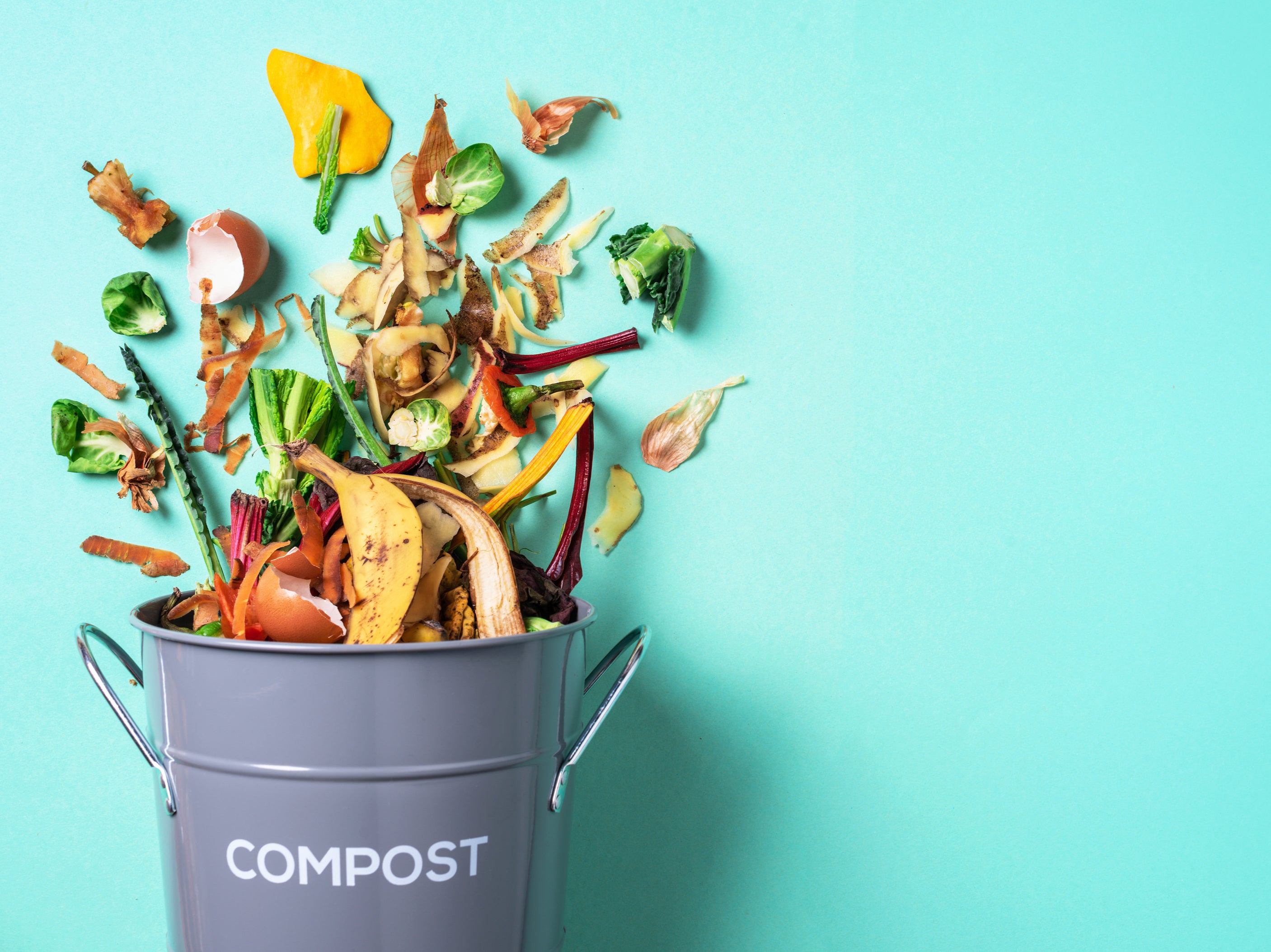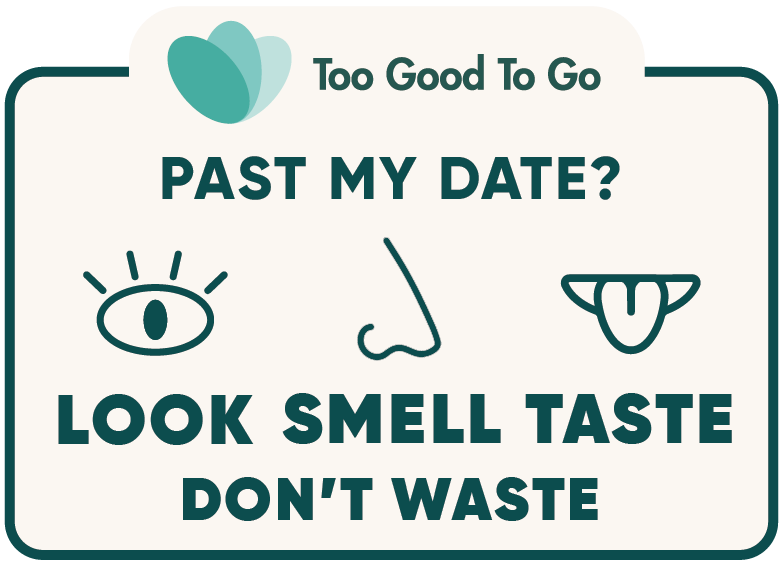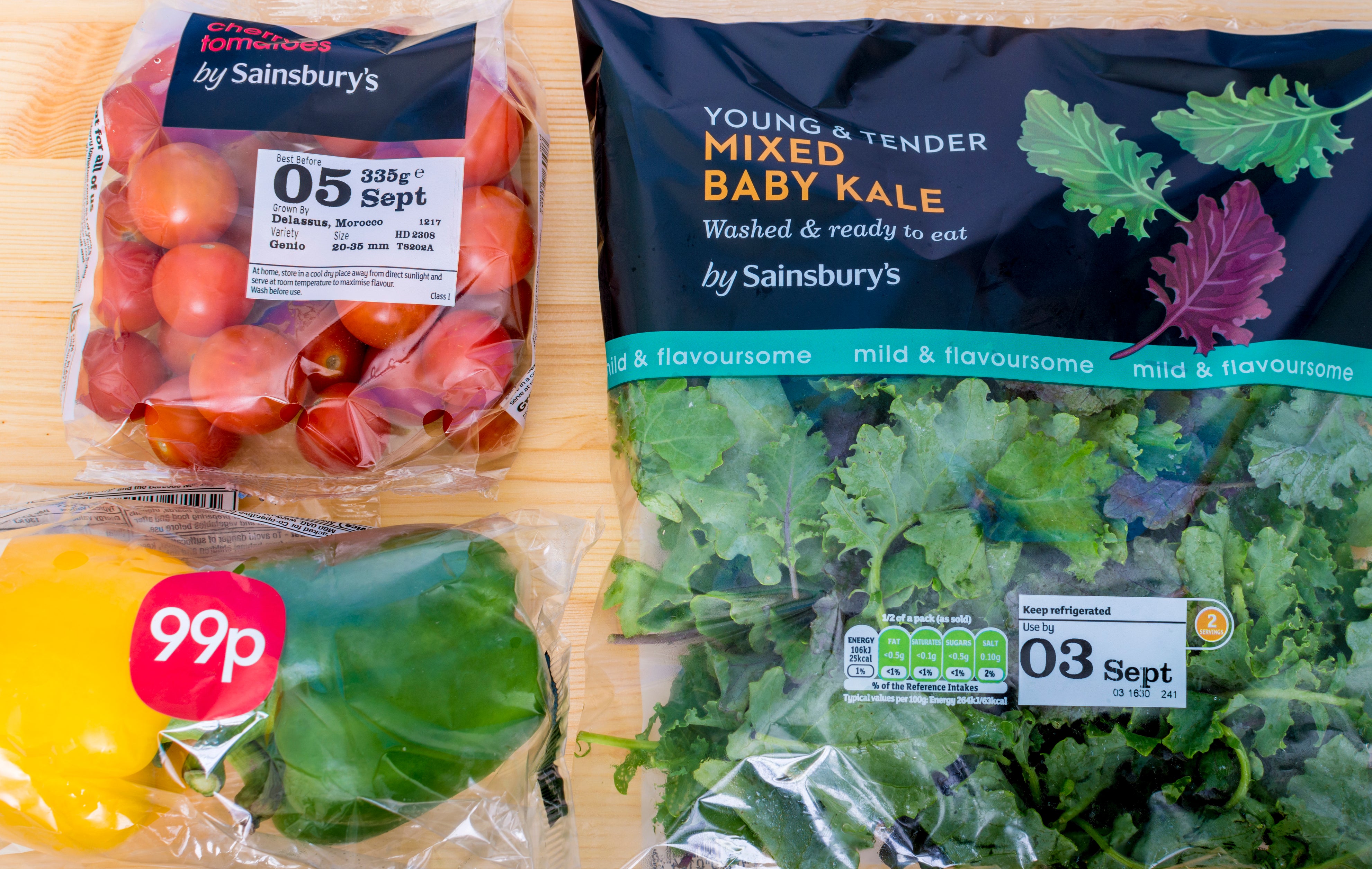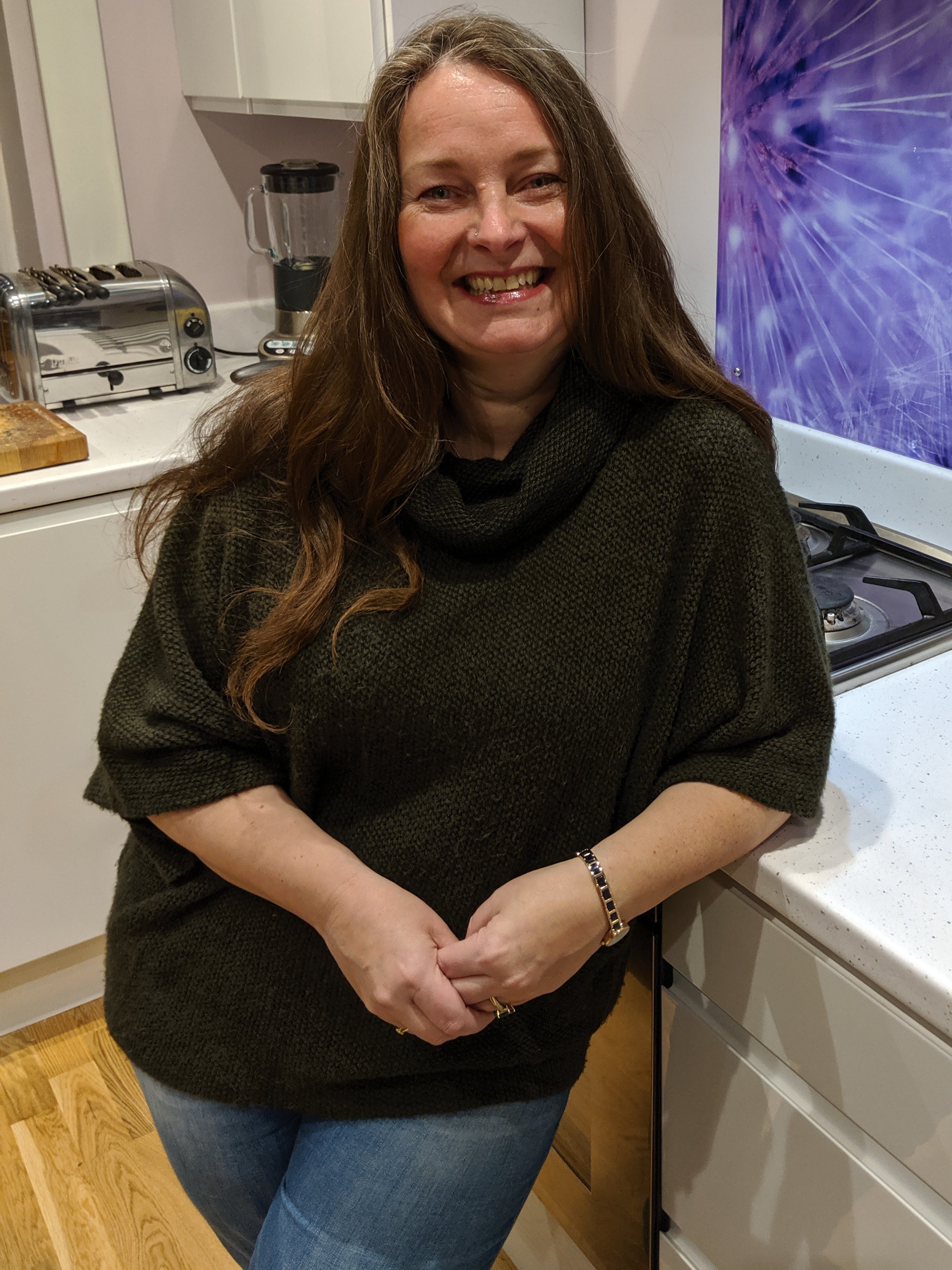Use by, sell by, best before: Why confusing labelling is causing food waste, and how to stop it
UK households produce 6.6 million tonnes of food waste every year, but nearly three quarters of that is still edible. Sean Russell explains why this is a problem and what we can do to waste less food


This is about eating tomatoes and all of the bread, and not chucking away chicken,” says Helen White. “It doesn’t sound that difficult and compared to some other pro-environmental changes it’s actually very doable. It requires a little bit of knowledge and a few skills and tactics, but once you’ve got it you will see the benefits massively.”
White – known to her colleagues as the “Food Waste Lady” – is the household food waste special adviser for WRAP (Waste and Resources Action Programme) and she is fighting against one of the biggest environmental issues in the UK: throwing food in the bin. She tells me – over the cluck of chickens in her garden – that every year, British households produce 6.6 million tonnes of food waste, of which 4.5 million tonnes is still completely edible.
According to the Drawdown Review, agricultural land use and the larger global food system are among the biggest contributors to climate change, accounting for 24 per cent of greenhouse gas emissions. This compares to 21 per cent for industry and 25 per cent for electricity production. Therefore, if we waste a food item, say a piece of lamb, then all the damage to the environment associated with producing that meat – land use, water use, chemicals and greenhouse gases – was unnecessary. In real terms, what this means is that we use an area the size of China to produce food which isn’t even eaten. This makes reducing food waste one of the most immediate and impactful things an individual can do to fight the climate crisis.
Food waste is not just an issue for the environment, though; it also has a bearing on hunger around the world and here in the UK. Research carried out in 2020 showed that, in part because of the pandemic, 1.5 million people had recently spent at least one day without food in the UK, a shocking statistic when you consider the 4.5 million tonnes of edible food we throw away.
When it comes to changes we can make as individuals, it’s sometimes easy to think that our individual choices make little impact – especially against industry – but perhaps the most shocking statistic is that 70 per cent of all food waste produced in the UK actually comes from our homes. It comes from throwing things out when we think they’re off, when we don’t like the taste, when we’ve made too much, and when we read the labels and see that it’s past the date.
We’re throwing away around half a billion pounds’ worth of edible food each year because of this confusion around best before labels
In fact, “not used in time” accounts for 41 per cent of food that is thrown away, which is worth approximately half a billion pounds in the UK alone.
“It’s quite often that our behaviours are disconnected from food waste,” White says. “We have incredibly busy lives and it’s not an excuse, but that kind of life gets in the way. We also need to take a look at labelling because it plays its part.”
Date labels on foods are cited as the cause of 15 per cent, or 600,000 tonnes, of edible food being thrown away in the UK – this is because food labels are confusing. Often when you see the date on the label, you might assume that to eat it beyond that date would be unsafe, but it’s not true in every case. A lot of the time the food is completely edible.
“The average family with children could save £700 a year, by just not throwing away edible food,” says White. “It’s about education and trying to get really good information on the packs; it’s about knowing what to do with your food.”
Jamie Crummie, co-founder of the app Too Good To Go, is now on a mission to change food labelling. Already, Too Good To Go, which connects consumers with businesses who are about to throw food away at the end of the day, has rescued 4.5 million meals in the UK, and 70 million meals worldwide, since it started in 2016. Now Crummie has launched his Look, Smell, Taste, Don’t Waste campaign, asking consumers to use their senses before throwing food away, and getting brands to sign up to change their labelling to encourage people not to throw food away until it is absolutely unavoidable.

“It was my first jobs in hospitality where I experienced food waste in an obvious way,” Crummie told me. “When I was in Australia I was working in the events industry and there would be plates and plates of food which would be thrown away, perfectly good food, just because it was surplus. It was made just in case the ovens went wrong, or something like that. It’s a safety net and it was a quite a visceral thing to see. It was a very visual thing to see plates of food just being thrown away, 150-litre bin after 150-litre bin full of edible food.”
Crummie went on to work for human rights and refugee NGOs, travelling around the world and meeting lots of different people. He says that when he met people who had seen and felt, first-hand, the effects of climate change, it put his previous food waste experiences into a harrowing context. This very simple thing, not throwing food away, could have a massive impact on the world. Not just in terms of the climate and displacement, but also for those who are starving.

Look, Smell, Taste, Don’t Waste
There are three types of label you will generally see on your food: use by, sell by, and best before. However, many of us will see the date, whatever the label, and throw away or consume accordingly, not knowing what those dates actually mean.
Crummie explained to me that a “use by” date is a safety measure. This is very important: you absolutely shouldn’t eat food past its use by date – unless you have frozen it in time. This includes things like fresh meat and fish.
A “sell by” date, however, is not intended for the consumer at all, but is instead intended for the shops to help stock rotation. These products should have another date, either a use by or best before, which is intended for the consumer.
Read More:
And finally, perhaps the most misunderstood: “best before”.
“We’re throwing away around half a billion pounds’ worth of edible food each year because of this confusion around best before labels,” says Crummie. “It’s all about quality. It will be best before a certain date, and then after that they might not be as crunchy, but they’re still going to be perfectly fine to eat.”
Crummie’s campaign is to get people to understand the difference between labels. To know that if something says “best before” then you can use your own judgement. If the milk smells off it probably is; if it doesn’t it is okay to drink. Use the float test on eggs. Trust your senses when deciding if something is safe to eat or not.

“Best before is not about a health risk, it’s about a quality risk,” says Crummie.
This is something he is trying to get brands involved in, and so far over 30 have signed up, including the likes of Onken, Cravendale, Laughing Cow Cheese, and Danone, all of which will run new labelling trying to nudge people to use their senses before throwing away their products.
“We couldn’t believe it when Too Good To Go’s research revealed almost a third of Brits wouldn’t eat yoghurt past its ‘best before’ date, despite it being perfectly healthy to do so,” says Alice Carey, sustainability manager at Emmi UK. “That’s why the Emmi-owned Onken brand encourages consumers to use their senses and make the most of their yogurt. We are delighted to be one of the inaugural brands joining the UK launch of the Too Good To Go campaign addressing date label confusion in the bid to reduce food waste.”
Use your senses
So what tips should we as consumers be aware of? Well, firstly it is always a good idea to only buy what you need. Sometimes life gets in the way, and that’s okay, but we need to reduce waste as much as possible and that starts with buying only what we are going to use.
Second is understanding the dates on the packaging. If it is a “best before” it is probably still safe to eat. Smell it, taste it, look for mould. If a hard cheese or piece of bread has a bit of mould on it, cut it off. And remember to use your freezer.

“Your freezer is your friend,” says White. “There is very little that you can’t freeze. Leave some space in your freezer and when something nears its ‘use by’ date put it in the freezer.”
While some things say “freeze on day of purchase”, WRAP says you can freeze at any point up until the use by date and then defrost in the fridge and use within 24 hours. This, she says, is backed by the Food Standards Agency. In fact, she would like to see the “freeze on day of purchase” message removed from products altogether.
WRAP’s Love Food, Hate Waste campaign has even created a website full of tips and recipes to help reduce food waste. If you don’t know what to do with an ingredient you suspect is about to go off, put it into the search box and find some ideas.
“It made sense for me to introduce our date label campaign at this stage,” says Crummie. “Because what this campaign is about is educating and empowering consumers to be able to fight food waste in their daily lives. Our dream is a planet of no food waste.”

“Once you’ve got the tactics and tools,” says White, “once you’ve got the hang of it, it does become easier to deploy this thinking and once you’ve got it, it will change things and you will see the benefits.”
But White wants to make it clear – although she is the spokesperson for food waste at WRAP and Love Food, Hate Waste – that we are all human, and even she makes the odd mistake. Food waste will happen, but reducing it to the bare minimum by understanding labels, using our senses, buying only what we need, and using the tools at our disposal, is perhaps the single most immediate and important thing we can do to reduce our impact on the environment.
To find out more about the Look, Smell, Taste, Don’t Waste campaign from Too Good To Go click here. For tips on reducing your food waste, visit the Love Food, Hate Waste site here.
Join our commenting forum
Join thought-provoking conversations, follow other Independent readers and see their replies
Comments
Bookmark popover
Removed from bookmarks